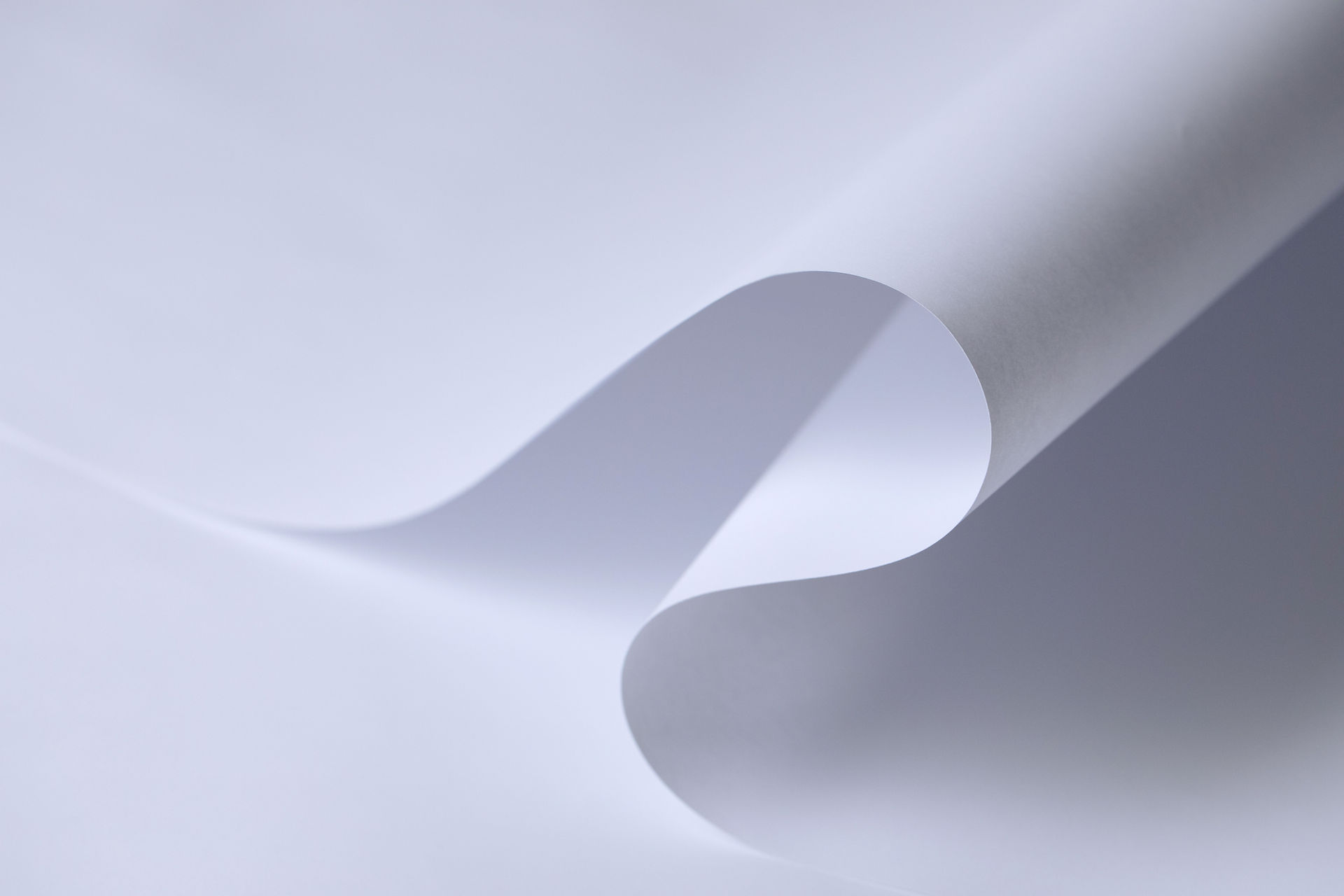UV Curable Resins and Formulated Products Market: Innovations, Drivers, and Industry Applications
The UV curable resins and formulated products market is rapidly advancing, driven by key technological components such as photoinitiators, acrylate resin, LED curing, and epoxy resin. These innovations are transforming industries that rely on industrial coatings and printing inks, offering improved efficiency, performance, and sustainability.
Introduction to UV Curable Resins
UV curable resins are chemical formulations that solidify when exposed to ultraviolet light. Central to this process are photoinitiators, which absorb UV energy and trigger polymerization. Effective photoinitiators ensure fast curing, superior adhesion, and consistent quality in applications such as industrial coatings and printing inks.
Acrylate Resin: Versatility and Performance
Acrylate resin is a fundamental material in UV-curable products due to its excellent adhesion, flexibility, and durability. In the industrial coatings sector, acrylate resin provides robust protection against chemicals, abrasion, and environmental damage. In printing inks, it enhances print resolution, color vibrancy, and substrate adhesion.
By combining acrylate resin with advanced photoinitiators, manufacturers can create UV-curable formulations that offer rapid curing without compromising performance, making it a critical component in modern manufacturing.
LED Curing: A Game-Changing Technology
LED curing is revolutionizing the UV-curable market with energy-efficient, precise, and long-lasting curing systems. Industries applying LED curing for industrial coatings and printing inks benefit from reduced energy costs, faster production cycles, and improved process control.
LED curing also enables selective curing and better control over coating thickness, surface finish, and adhesion, which is especially important for high-end decorative coatings and specialty printing inks.
Epoxy Resin: Enhancing Durability
Epoxy resin is valued for its chemical resistance, mechanical strength, and strong adhesion. When used in UV-curable formulations, epoxy resin enhances the durability and stability of industrial coatings and printing inks, making them suitable for demanding industrial applications.
The combination of epoxy resin, acrylate resin, and high-performance photoinitiators produces UV-curable products capable of withstanding thermal, mechanical, and chemical stress, extending the lifecycle of the final product.
Industrial Coatings: Key Applications
Industrial coatings are a major driver of growth in the UV curable resins market. These coatings provide fast curing, strong adhesion, and low VOC emissions. Modern UV-curable industrial coatings utilize photoinitiators, acrylate resin, and epoxy resin to deliver excellent resistance to abrasion, chemicals, and weathering.
The adoption of LED curing further enhances production efficiency and sustainability, making UV-curable industrial coatings an attractive choice for environmentally conscious manufacturers.
Printing Inks: Growing Demand
UV-curable printing inks are becoming increasingly popular due to their rapid curing times, high print quality, and reduced environmental impact. Photoinitiators in these inks ensure fast polymerization, while acrylate resin and epoxy resin improve adhesion, flexibility, and durability.
These UV-curable printing inks are ideal for packaging, labels, and specialty printing applications, providing vibrant colors, high resolution, and long-lasting results. LED curing technologies further improve energy efficiency and production speed.
Market Growth Drivers
Several factors are fueling the growth of the UV curable resins and formulated products market:
Sustainability Focus: Increasing demand for eco-friendly UV-curable industrial coatings and printing inks encourages adoption of low-VOC, solvent-free products.
Technological Advancements: Innovations in LED curing and high-performance photoinitiators enhance curing efficiency and product performance.
Expanding Applications: The versatility of acrylate resin and epoxy resin in automotive, electronics, packaging, and decorative coatings is driving market growth.
Efficiency and Cost Reduction: UV-curable systems reduce production time, energy use, and material waste, making them attractive for modern manufacturers.
Challenges Facing the Market
Despite promising growth, the market faces several challenges:
Raw Material Volatility: Price fluctuations in photoinitiators, acrylate resin, and epoxy resin can affect production costs.
Regulatory Compliance: UV-curable industrial coatings and printing inks must meet stringent environmental and safety standards.
Competitive Landscape: Increasing numbers of suppliers intensify competition, emphasizing the need for innovation in LED curing and resin formulations.
Future Outlook
The UV curable resins and formulated products market is expected to continue its growth trajectory, fueled by advancements in photoinitiators, acrylate resin, LED curing, and epoxy resin. Expanding applications in industrial coatings, printing inks, electronics, and 3D printing will create new growth opportunities.
Manufacturers are investing in advanced photoinitiators and tailored resin formulations to meet industry demands for fast curing, high durability, and sustainable solutions, positioning UV-curable products as a critical component of modern manufacturing.
Conclusion
The UV curable resins and formulated products market remains a highly innovative sector. Key materials such as photoinitiators, acrylate resin, LED curing, and epoxy resin are driving advancements in industrial coatings and printing inks, enhancing performance, efficiency, and sustainability. As industries increasingly prioritize quality, speed, and eco-friendliness, UV-curable technologies will continue to play a central role in manufacturing and product development.

